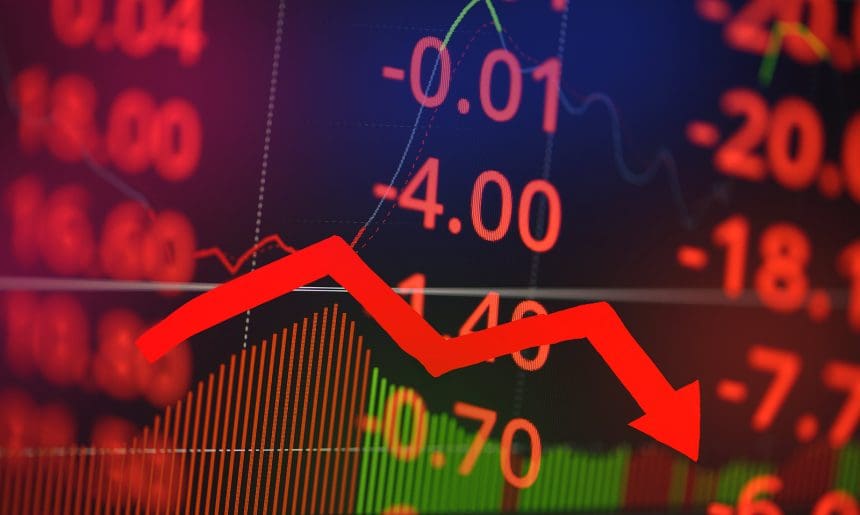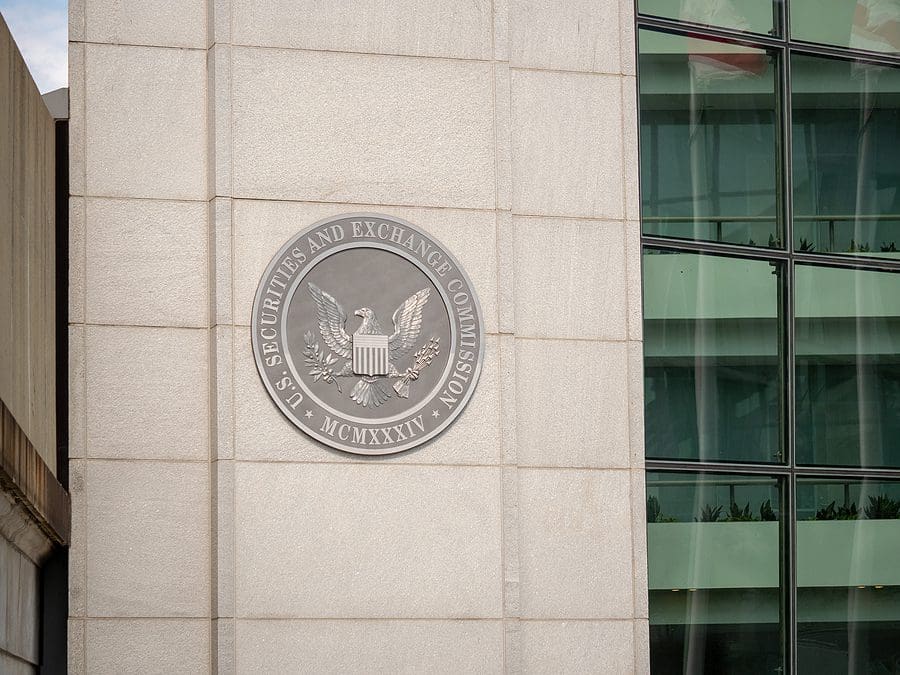Wall Street Retreats as Tech Weakness Weighs on Markets; Dow Holds Near Records
ST. LOUIS, MO (STL.News) Wall Street – U.S. financial markets closed mixed on Tuesday, August 19, 2025, as Wall Street investors balanced optimism over economic resilience with concerns about weakness in major technology and artificial intelligence (AI) stocks. The S&P 500 and Nasdaq both posted notable declines, while the Dow Jones Industrial Average managed to hold near record territory thanks to gains in select blue-chip names.
This trading session highlighted the push-and-pull dynamic currently shaping investor sentiment, with strength in traditional industrial and retail names offset by turbulence in the technology, healthcare, and biotech sectors. The result was a day that underscored Wall Street’s vulnerability to sector-specific pressures even as broader macroeconomic optimism persists.
Wall Street – The Numbers at the Close
- S&P 500: fell approximately 0.7%, closing near 6,403.
- Nasdaq Composite: dropped about 1.6%, reflecting significant weakness in large-cap tech and AI stocks.
- Dow Jones Industrial Average: slipped only 0.1%, finishing just shy of record highs.
Major index ETFs tracked these moves closely: the SPDR S&P 500 ETF (SPY) lost nearly 0.6%, the Invesco QQQ Trust (QQQ) shed 1.3%, while the SPDR Dow Jones Industrial Average ETF (DIA) finished nearly flat.
Wall Street – Technology Takes a Hit
Technology stocks were the clear laggards of the day. Investors rotated away from AI-driven momentum names that had fueled much of the market’s rally earlier in 2025.
- Nvidia (NVDA) dropped more than 3%, erasing billions in market capitalization and applying heavy pressure on the Nasdaq.
- Palantir Technologies (PLTR) tumbled nearly 9%, making it the worst-performing stock in the S&P 500. The decline raised questions about the durability of investor enthusiasm for AI-related growth stories.
The declines highlight the market’s sensitivity to lofty valuations in AI and technology. After months of strong performance, profit-taking and skepticism about sustainable earnings growth appear to be reshaping sentiment.
Wall Street – Bright Spots: Intel, Home Depot, and Palo Alto Networks
Despite the gloom in big tech, several companies posted strong gains and helped cushion broader losses:
- Intel (INTC) surged between 6–8% after reports confirmed a $2 billion investment from SoftBank. The move signals renewed confidence in Intel’s long-term turnaround strategy as it seeks to regain semiconductor leadership.
- Home Depot (HD) jumped nearly 3%, rebounding from recent weakness. While earnings missed some estimates, stronger-than-expected same-store sales and steady forward guidance reassured investors about consumer resilience in the housing and retail improvement markets.
- Palo Alto Networks (PANW) advanced roughly 3% after delivering strong earnings and an upbeat outlook for cybersecurity demand, underscoring the sector’s importance amid rising global threats.
These winners demonstrate how selective corporate results and strategic investments can mitigate broader macroeconomic or sector-driven weaknesses.
Wall Street – Healthcare and Biotech Volatility
Healthcare and biotech names also provided a mix of shocks:
- Viking Therapeutics (VKTX) plummeted by more than 40% following disappointing trial results, a stark reminder of the inherent volatility in biotech investing.
- Medtronic (MDT) dropped nearly 3.5% despite posting solid earnings. Analysts pointed to leadership changes and cautious forward guidance as weighing on sentiment.
While large healthcare firms often provide defensive stability, today’s trading revealed how quickly trial results and management shifts can disrupt sector confidence.
Wall Street – Macro Backdrop: Fed, Tariffs, and Geopolitics
Investors also kept one eye on macroeconomic and geopolitical developments that could set the tone for markets in the coming weeks:
- Federal Reserve Policy – Markets are eagerly awaiting remarks from Federal Reserve Chair Jerome Powell at the upcoming Jackson Hole symposium, scheduled for later this week. Speculation is building that Powell may hint at potential rate cuts before the end of the year, particularly if inflation continues to moderate. The anticipation is fueling both optimism and uncertainty.
- Trade and Tariffs – Reports of potential tariff escalations between the U.S. and key trading partners are creating concern among economists. A recent Reuters poll suggested the S&P 500 could finish the year slightly lower if tariffs weigh on corporate earnings.
- Global Political Risks – With ongoing tensions in Europe, the Middle East, and Asia, investors remain cautious about global growth prospects. These uncertainties add a layer of risk premium that is visible in equity volatility.
Wall Street – Sector-by-Sector Breakdown
- Technology: Sharp declines in AI and semiconductor names dominated the headlines.
- Retail & Consumer Discretionary: Home Depot’s rebound provided a positive signal, though broader retail names traded mixed.
- Financials: Banks and insurers held relatively steady, as stable interest rate expectations offset concerns about credit risk.
- Healthcare & Biotech: High volatility, with major losses in Viking Therapeutics and weakness in Medtronic.
- Industrials: Blue-chip Dow components helped keep the index stable, reflecting relative investor confidence in traditional industries.
Wall Street – Investor Sentiment and Market Psychology
The day’s action revealed a classic rotation dynamic. Investors appear to be trimming exposure to high-valuation technology names while selectively adding to cyclical and industrial plays that may benefit from stable consumer demand and capital investment.
The near-record performance of the Dow, even amid S&P 500 and Nasdaq declines, demonstrates this rotation. It also suggests that investors are less fearful of an imminent recession and more concerned with valuations and sector-specific risks.
Wall Street – What to Watch Going Forward
- Jackson Hole Symposium (August 21–23, 2025) – Fed Chair Powell’s speech will be the most closely watched event of the week. Any hints of future rate cuts or shifts in monetary policy could spark strong market reactions.
- Corporate Earnings – As the earnings season winds down, investors will continue analyzing results from key sectors, particularly retail, tech, and healthcare.
- Economic Data – Housing starts, inflation reports, and consumer spending numbers will provide additional signals about U.S. economic momentum.
- Global Events – Geopolitical tensions and tariff developments will continue to be key risk factors that could drive volatility.
Conclusion
Tuesday’s trading session underscored the divergence between different corners of Wall Street. While the Nasdaq and S&P 500 lost ground under the weight of declining technology shares, the Dow Jones managed to hover near record highs thanks to gains in blue-chip companies like Intel and Home Depot.
The market remains at an inflection point, balancing optimism about economic resilience and potential Fed rate cuts with concerns about inflated tech valuations, healthcare volatility, and geopolitical uncertainty.
For investors, the message is clear: diversification remains critical. As one sector stumbles, another may provide opportunity, and staying informed about both corporate and macroeconomic developments is essential in today’s environment.
© 2025 STL.News/St. Louis Media, LLC. All Rights Reserved. Content may not be republished or redistributed without express written approval. Portions or all of our content may have been created with the assistance of AI technologies, like Gemini or ChatGPT, and are reviewed by our human editorial team. For the latest news, head to STL.News.










